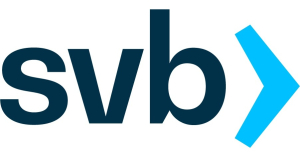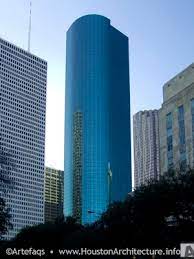 The collapse of Silicon Valley Bank may prove to be a bigger story than it appears.
The collapse of Silicon Valley Bank may prove to be a bigger story than it appears.
The reason goes back to a story I ran away from, the 1981 collapse of the Houston oil industry.
I didn’t intend to run away. I finally got a job at a daily in Birmingham, Alabama. It was a job I’d hold only 4 months before being fired. But I left Houston June 1, 1981. The collapse began soon after.
As in this case, the Fed had telegraphed what it was going to do. Paul Volcker was going to raise interest rates until inflation gave up, just as Jerome Powell is doing now. Inflation was much higher than, double digits in fact. Add to that the Reagan Administration jawboning the Saudis for lower oil prices and it was a perfect storm.
 All the regional banks that had gotten fat on oil in the 1970s, like Allied Bank (whose headquarters tower looked like a giant green dollar sign from the air) suddenly saw their collateral’s value collapse. Oil companies began going broke. They were unable to pay back their loans. The banks went down, and Houston with it. When I drove through less than four years later it looked like a war zone. Hope had disappeared. Many of my friends from Rice never got over it.
All the regional banks that had gotten fat on oil in the 1970s, like Allied Bank (whose headquarters tower looked like a giant green dollar sign from the air) suddenly saw their collateral’s value collapse. Oil companies began going broke. They were unable to pay back their loans. The banks went down, and Houston with it. When I drove through less than four years later it looked like a war zone. Hope had disappeared. Many of my friends from Rice never got over it.
Fast forward 40 years. SVB is the Allied Bank of the valley. All the VCs and their startups use it to handle their day to day business. While customer deposits are insured to $250,000, even a start-up needs more working capital than that to do business. And what of the VCs’ deposits? They’re gone.
They call it contagion. One bank or industry gets the sniffles, everyone else gets pneumonia. Remember, the Fed wants something like this to happen, in order to tame inflation. Right now, no one knows where this will go. It’s that uncertainty that provides the market discipline the Fed is looking for. Rein in greed, instill fear, and costs will go down.
Maybe a big bank will swoop in and take on Silicon Valley’s assets, the deposits, and the work. SVB isn’t that big as banks go today. Assets are $200 billion, give or take. Many companies in the Valley are worth a lot more. If JPMorgan or Wells Fargo grabbed that business, with a little support, things might be contained.
Just don’t bet on it. When something goes from $20 to $10, banks look to grab it for $1. Or 50 cents. Without government forcing someone’s hand, or greasing their palm, no one is going to rush in to save the day.

Michael Burry, who made his money betting against Bear and the other New York banks in the “great shitpile” now known as the “Big Short,” compares SVB to Enron. But it’s more like Allied. SVB was tied to one industry, that industry is teetering, and more dominoes can easily fall, to be picked up by greedy hands.
Houston hasn’t been the same since 1981. There have been good times, like the fracking boom. But unbridled optimism died in 1981. So did Houston’s independence from New York. The region’s biggest bank was finally taken out by North Carolina National Bank in the late 1980s. NCNB later became NationsBank, then Bank of America. Folks in Texas said NCNB stood for “No Cash to No Body.”
That’s what the valley may be looking at. The Cloud Czars like Google are already starting to dance to Wall Street’s tune, firing people who shouldn’t be fired, shedding futuristic dreams in the name of short term profit.
This could be the beginning of the end of Silicon Valley.










